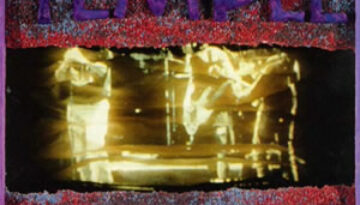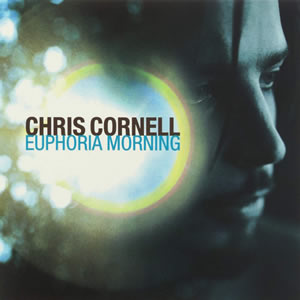Temple of the Dog
25th Anniversary
Buy Temple of the Dog Temple of the Dog was sort of a reverse super group in the sense that the group members would go on to play in two of the more […]

Buy Temple of the Dog Temple of the Dog was sort of a reverse super group in the sense that the group members would go on to play in two of the more […]

Buy Euphoria Morning After a long but whirlwind career as the front man for Soundgarden, Chris Cornell forged his own musical direction with his 1999 debut solo record, Euphoria Mourning (originally titled Euphoria […]